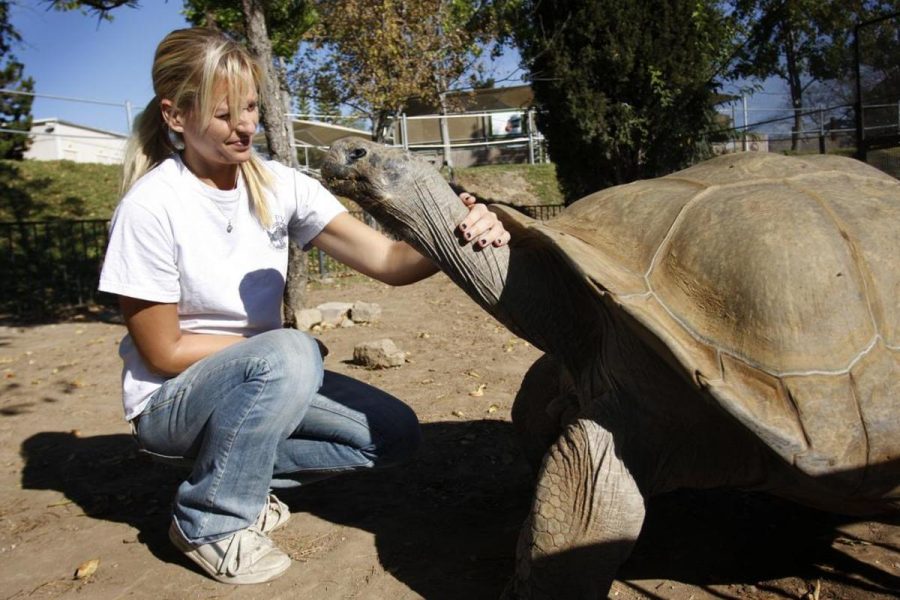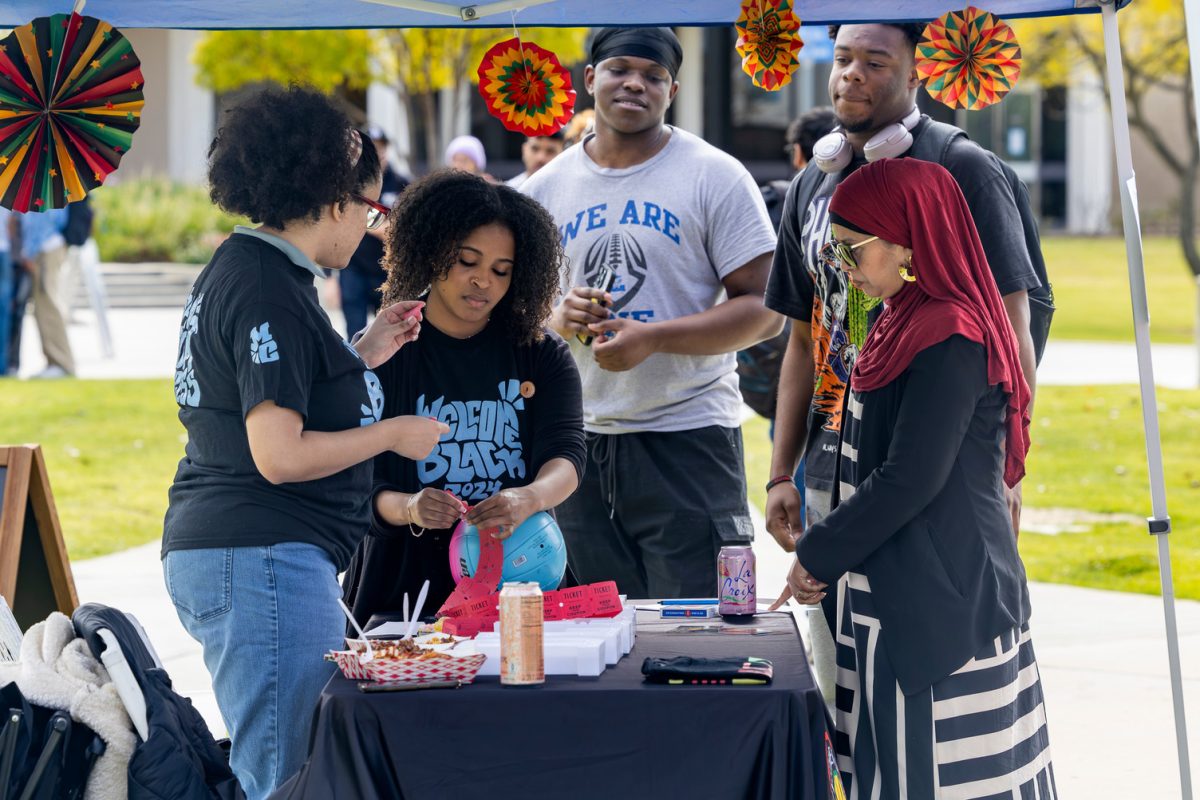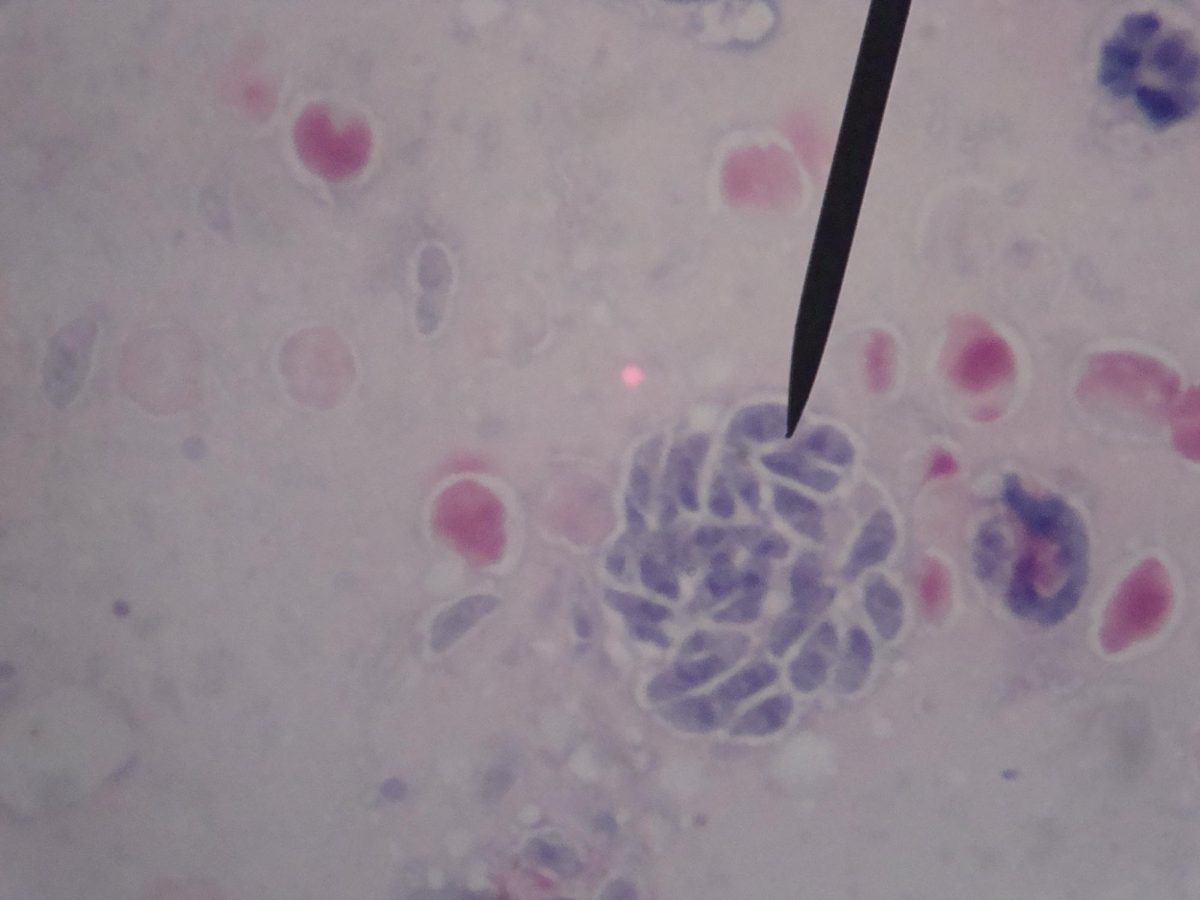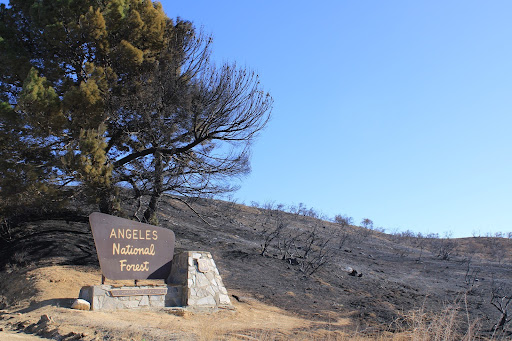Taking one small, slow step at a time, Clarence the Galapagos tortoise meanders around his enclosure on a hot Tuesday morning. He leaves his heated shed, pushes open the door and heads out for a lazy stroll, stopping to play with the ball and even getting stuck trying to walk over it.
This year marks the 80th year he has been in the United States. On this particular morning, the 83-year-old Clarence is greeted by one of the trainers at the Exotic Animal Training and Management program up on the hill overlooking Moorpark College.
“Clarence,” calls Alisa Behar, one of the zoo operations assistant. Behar holds out a carrot and he heads over. “Come here, Clarence.”
The 496-pound Galapagos tortoise arrived at the zoo in February of 2001 from the Los Angeles Zoo, where he was on loan from the Houston Zoo. Before he got to Texas, however, Clarence’s origin was unknown until just recently.
Members of the Houston Zoo recently found an article that published in the New York Times on April 23, 1928 that shed some light on the travels of an at-the-time young Clarence.
According to the article, Dr. C. H. Townsend, the director of the New York Aquarium, went on an expedition to the Galapagos Islands off the coast of South America in an effort to save the tortoises from extinction. While aboard the Albatros II, Townsend and his team found the tortoises were only left on two of the islands and collected 108 specimens, weighing from several ounces to 100 pounds.
According to the article, they set up “colonies” of the tortoises in Balboa, Panama, Puerto Rico, New York, San Diego, Arizona, Florida, and at the Houston Zoo.
According to EATM Professor Cynthia Springfield, Clarence was estimated to be two years old when he made the journey. Clarence has become a very active part of the zoo and he even takes part in some of the shows performed on the weekends.
Jamie Williams, Instructor of Zoo Skills and a Zoo Operations Assistant, said that Clarence is trained to follow his handler. “He knows how to target a ball at the end of the stick,” said Williams. “He knows if he touches the ball, he gets food.” Williams said that it can take up to 45 minutes for him to take the short walk from his enclosure to the show arena.
Clarence and the other animals at EATM are just some of the attractions on display this weekend at the Feast for the Beasts event.
As a part of the zoo’s outreach to the community, Feast for the Beasts is a way for everyone to find out a little bit more about the animals. This year, the plight of orangutans in Borneo will be a focus.
The orangutan’s habitat is in the palm oil forests, which are being torn down for their resources of palm oil, which can be found in many foods people eat today. The event will have special activities focusing on the animals’ diets as well as human diets, and what kind of impact the destruction of palm oil will have on the already-endangered orangutans. Other events will include water balloon launches and face painting, as well as the animal shows.
Feast for the Beasts is Nov. 22 and 23, from 11 a.m. to 5 p.m.
After a long day, Clarence will go back into his shed without being told and the trainer will come by later and close the door. Routine is the name of the game for Clarence, but the little perks here and there, like getting his photo taken, seem to put a smile on his rough, toothless face. “On a nice day, we’ll turn the sprinklers on,” said Williams. “It gets a bit muddy, but he seems to like it.”
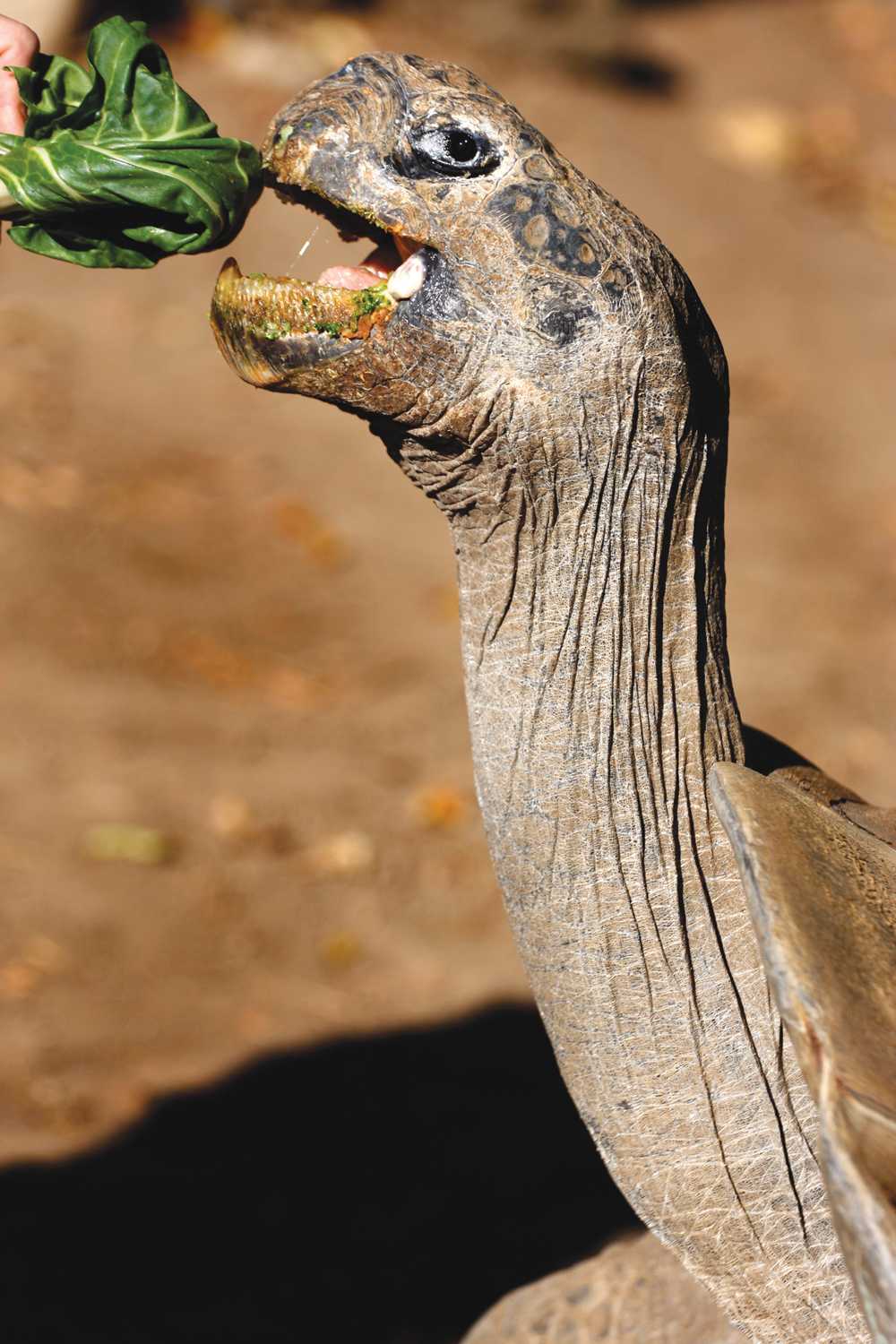
Clarence enjoys eating vegetables, walking through the sprinklers on a hot day and getting his picture taken. (Christian Randolph)
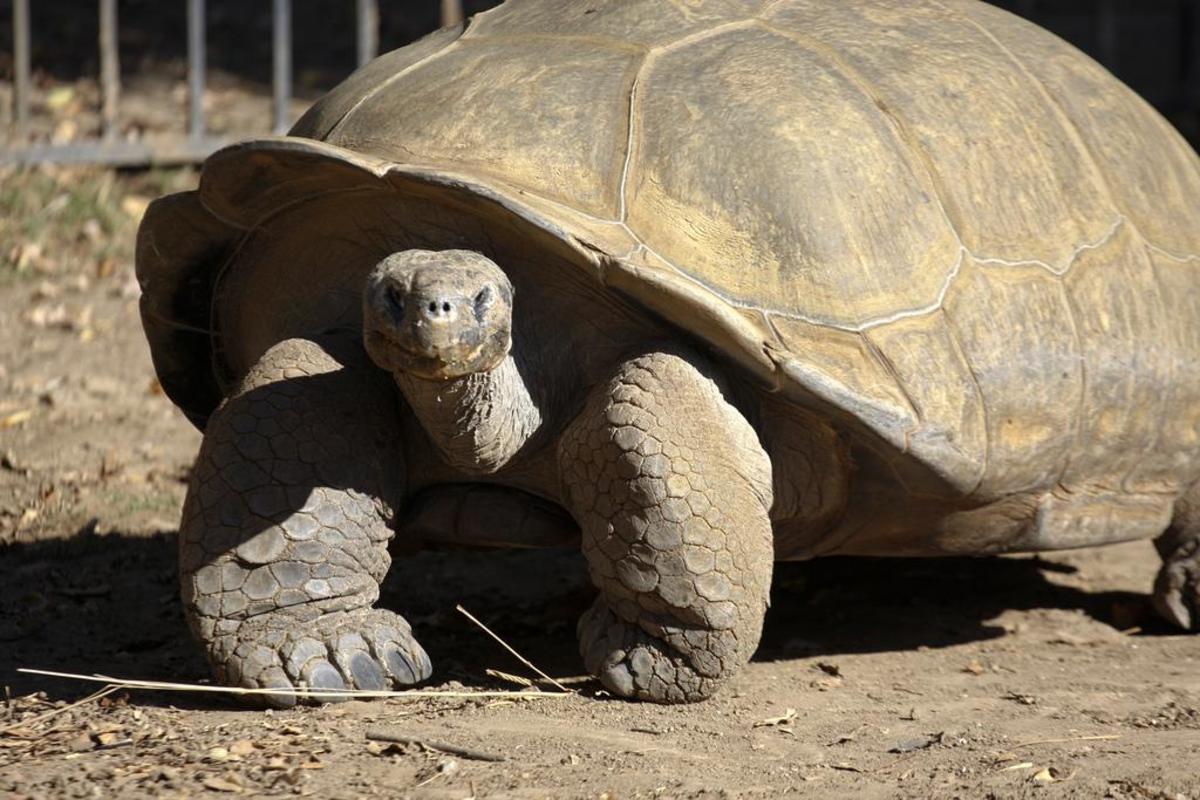
Clarence the 496-pound Galapagos tortoise spends his days at the Zoo at Moorpark College. (Christian Randolph)

